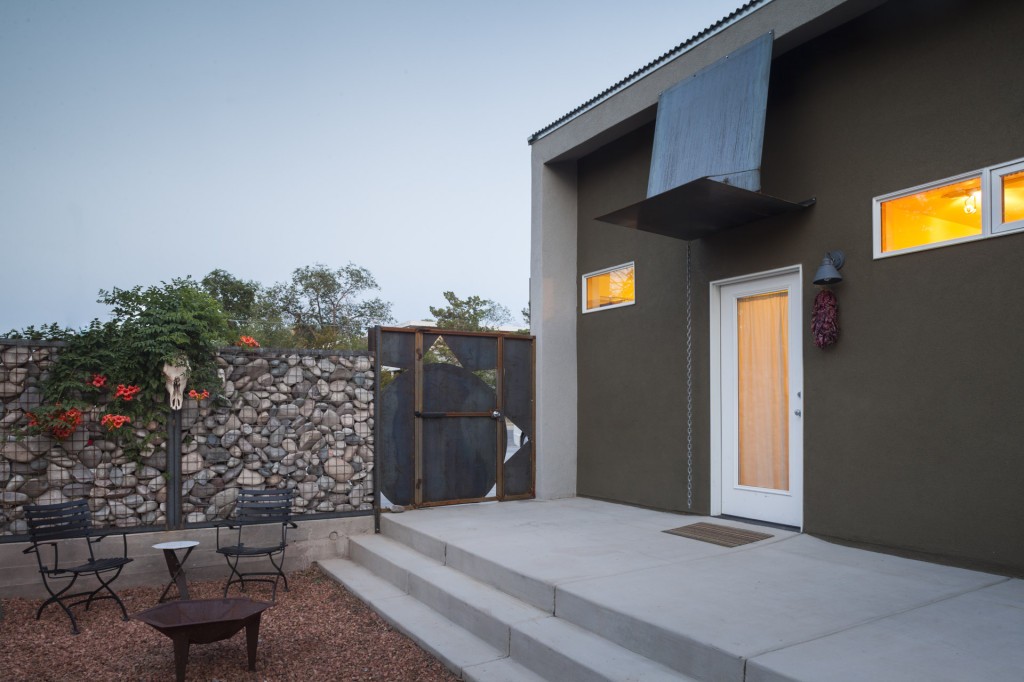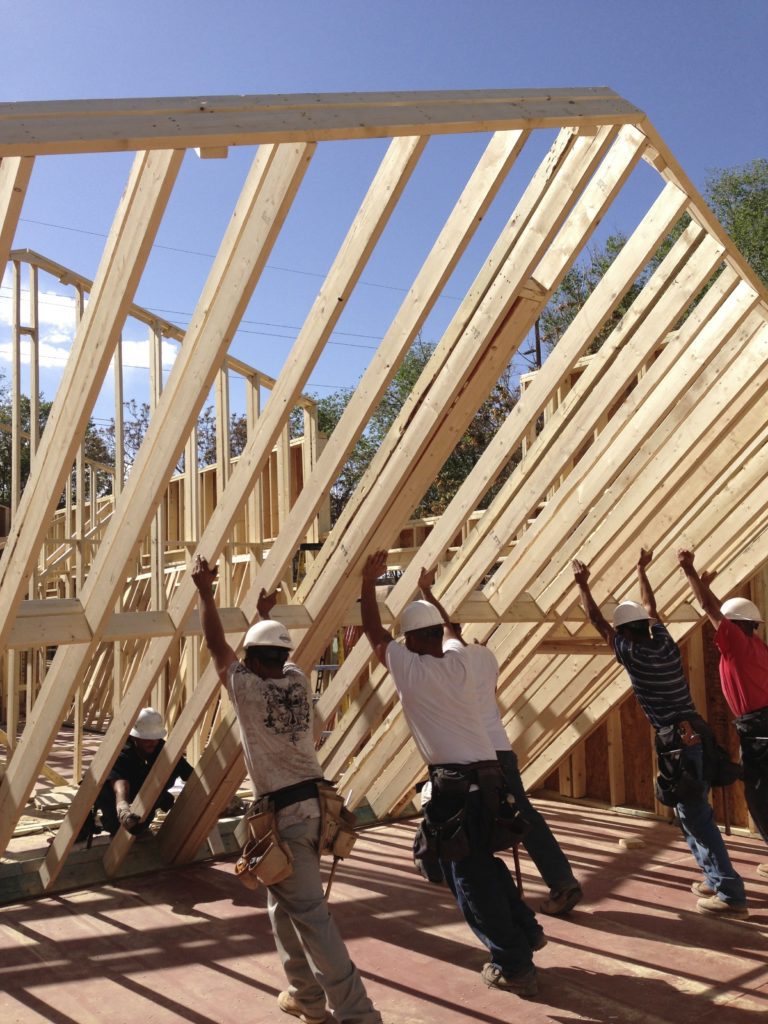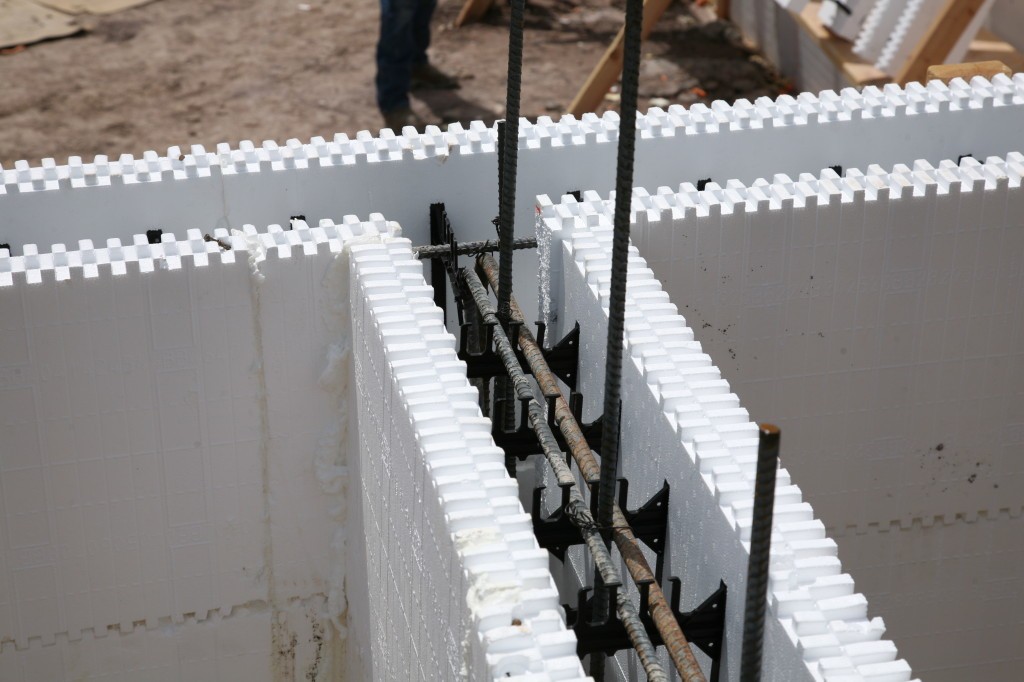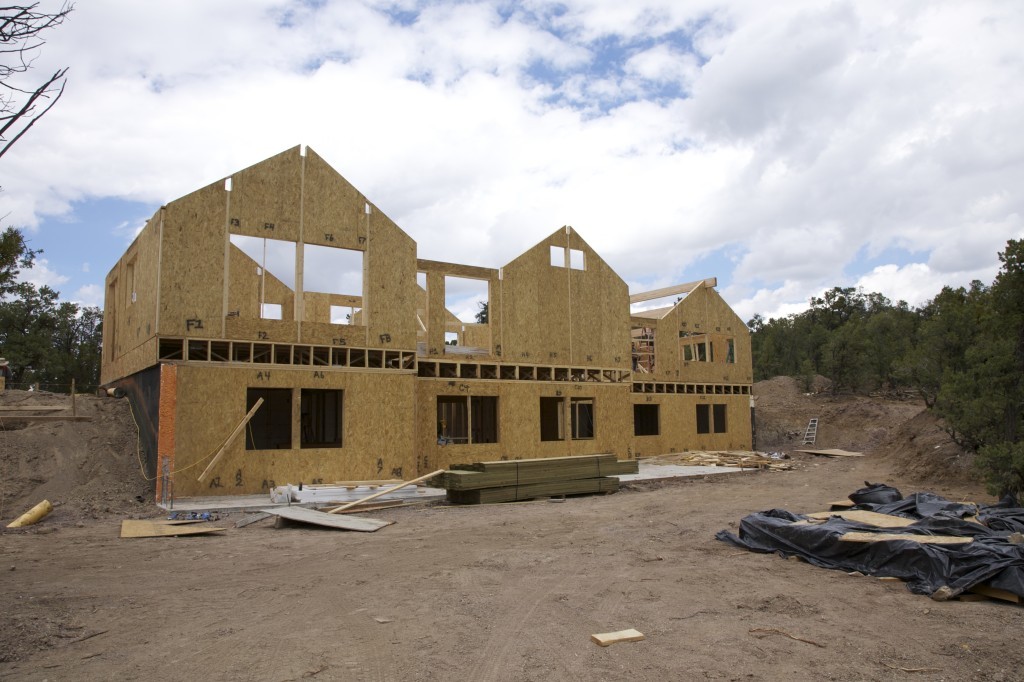
If you have been doing research into the technical end of building a high quality, custom, green home you have probably stumbled across the concept of “building science”. Building science is the collection of scientific knowledge and experience primarily concerning building design and detailing in response to naturally occurring physical phenomenon such as the weather, the characteristics of materials, human physiology and energy consumption. The goal of building science is to better understand how our current built environment functions on a holistic level and how to improve upon it with evidence-based research. There are professional publications with information and recommendations on home building best practices, based on the most current building science knowledge. These best practices ensure that the finished home is durable, cost effective, energy efficient and comfortable. At Sunlight Homes, we closely follow the building science industry and regularly update our design details and systems to conform with the most current best practices developed through evidence-based research.
Building Science Approved Wall & Roof Details
For most climates in North America, a good wall system must be well insulating and must prevent air and moisture movement. There are a host of super insulating wall and roof assemblies that can work great in regards to building science considerations. The three most popular super insulated systems are advanced stud framing, Insulated Concrete Forms - ICFs (for walls only) and SIPs.
Advanced Framing
There are a great many different stud framed wall and roof options that work well from a building science standpoint when detailed and built correctly. Advanced framing refers to framing techniques that use as little wood as possible to support the building thereby allowing for more insulation and less thermal bridging.

In our experience, the two most popular super insulated advanced framed wall details are a double stud wall and a framed wall with exterior ridged insulation. The double stud wall is essentially a typically framed house with another non structural wall built inside of the primary exterior wall. The two walls and the space between are filled with insulation allowing for high r-values and very little thermal bridging through the studs. The framed wall with exterior foam insulation accomplishes the same thing by sheathing the entire exterior of the framed wall with ridged foam insulation. This foam adds to the r-value of the wall and also eliminates the thermal bridging through the studs. Both of these wall details can provide very high levels of insulation and very little thermal bridging. Addressing air and moisture movement through these wall assemblies (a critical concern) is possible, but a bit tricky and it requires quite a bit of attention to detail by the builder.
The two main options for framed roofs are vented and unvented assemblies. A vented roof assembly has an airspace between the lower insulated portion of the roof and the roof deck. This ventilated space is open to the exterior through roof vents which allow the roof assembly to breath. In order to keep the building tight, an air barrier must be installed below the insulation to prevent the warm interior air from moving through the ceiling and roof insulation, wasting energy. An unvented roof assembly lacks any ventilated airspace and is typically composed of either exterior ridged insulation installed on top of the roof deck and under the finished roofing or interior closed cell spray foam on the underside of the roof deck. Both of these details ensure that the inside of the roof assembly stays above the dew point so that when the warm moist interior air travels through the ceiling into the roof assembly, it does not condense and cause rot or mold problems. Again, both of these details can create well insulated, durable and tight roofs but they require special care and attention to detail to ensure you do not have problems.
There are a great many variations to the above stated wall and roof details and they all have their strong and weak points. We have designed super insulated frame homes for clients on occasion when SIPs are not possible and have had success.
ICFs
Insulated Concrete Forms are a product that uses sheets of EPS foam to create a form that is filled with concrete to create a wall structure. They use varying thicknesses of foam and concrete to create walls of varying insulating and structural capacities. ICFs, from a building science standpoint, are great. With thick enough foam they can be quite well insulating and tight. The foam skins are a water resistant barrier so moisture issues are not as big a concern. Some ICF manufacturers make unsubstantiated claims on the beneficial effect that the thermal mass of the concrete core has on their insulating properties, but upon closer inspection it is obvious that these claims are bogus. For thermal mass to be of benefit to the home it must be exposed to the interior and not insulated from it as is the case with ICFs.

We have used ICFs extensively for foundation walls and they are perfectly suited for that application, but many architects and builders have opted to use them for the entire wall system. Concrete has quite a bit of embodied energy and we feel its use should be minimized. ICF walls are usually quite thick and to get R-values in the super insulated range, the thickness becomes a problem. It is also much more difficult to remodel an ICF house, due to the walls being filled with concrete. For all the reasons stated above, we feel that there are better wall systems available. With ICF walls one must use a different system for the roof and SIP roofs are a common choice with ICF homes. If you are already planning on using SIPs for the roof, we do not see an advantage to using a different system for the walls and we do see quite a few drawbacks. As a foundation wall system ICFs are great, and we highly recommend them for basement and stem walls. We just have a hard time recommending them for aboveground applications.
SIPs
Structural Insulated Panels are highly regarded in the building science industry. SIPs, as a building system, accomplish everything that the shell of a home should. They are strong, highly insulating, durable and create a very airtight shell that does not suffer from air and moisture migration issues. There is a bit of a learning curve to build with SIPs but any competent framer will pick it up quickly and can do a great job. Building with SIPs uses the same basic tool set and similar framing methods as stud framing so a traditional framers skills translate well.

We prefer SIPs to other wall and roof systems for two reasons. The first is that we like the architectural flexibility that SIPs allow. With SIPs you can build an extremely high performance home that are indistinguishable from traditional homes. Wonderful features such as vaulted ceilings, lofts and post and beam detailing are easily achieved. It does not matter how energy efficient and “green” a home is, if it is unattractive and uncomfortable to live in, it will not stand the test of time. SIPs make it easy to create high performance homes that are attractive both inside and out. The second and primary reason we prefer SIPs comes from our appreciation of good systems. The more predictability you can have during construction, the better the end result. Site conditions and local access to skilled labor can vary wildly. SIPs rely less on the people in the field and more on the quality control built into the product to ensure a high quality end product.
“Rube Goldberg Solutions”
Along with wall and roof design, building science also addresses the systems that operate within a home such as the HVAC, plumbing and electrical systems. Through the years, green building enthusiasts have tried just about everything to improve upon not only the insulated envelope of houses, but also the systems that operate within them. Some have worked, but the vast majority have faded away. Many of these solutions had a striking resemblance to Rube Goldberg gadgets (think of the game Mouse Trap). Many of the solutions that designers and builders came up with were overly complex, unattractive, high maintenance or just plain did not work. As is the case with most things, the simplest solutions have tended to be the ones that have stood the test of time. These solutions are so simple that they can be a bit boring even! Building an earth-bermed house with a solar thermal system, ground source heat pump, earth tubes, a Trombe wall and an airlock entry sounds compelling, but in reality it is almost always more cost effective to build a more traditional style not-so-big home that is super insulated, passive solar and that uses a small, high efficiency HVAC system, energy efficient appliances and low water use fixtures. By addressing these simple aspects of the home, the energy and water usage will be so small that the added cost, complexity and maintenance of the other more radical or high tech systems does not pay off. Think of it this way, for a 2,000 square foot Sunlight home with a monthly utility bill of $60, does it make sense to spend $20-30,000 more on these energy efficiency measures in order to lower the utility bill to $30? For a home with such small energy loads the only thing needed to make it zero energy is a small grid-tied PV system that is unobtrusive, requires no maintenance and typically comes with a 25-30 year warranty. Through careful energy modeling and a cost/benefit analysis it is easy to determine where it makes the most sense to spend your money. And we can help!
